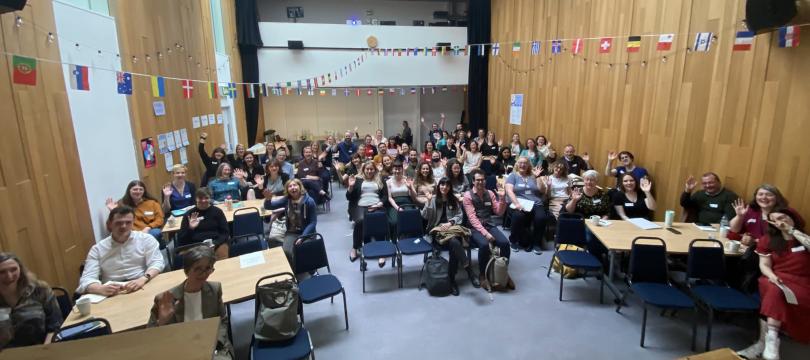Relational Leadership and Practice; Learning from the NHS
PEP Network member Rachel Hawley reflects on what a leader of public engagement in higher education could draw from public engagement and involvement in the healthcare sector; shining a light on relationships.

In the ever-changing landscape of higher education, fostering collaboration is an increasing challenge. Over the last decade, consistent with the NHS, policy has pushed for greater inclusion and collaboration as a lever for quality improvement, innovation and change. It marks a shift away from ‘doing to’ people to ‘doing with’ people. Defining what is needed remains problematic. This situation led me to pursue a doctorate; relational leadership was not where I started but rather where the literature led me.
What became clear in the literature was the leadership associated with public engagement and involvement necessitated a level of collaboration that had been under-reported from a relational perspective. I discovered the literature is often orientated towards processes and initiatives for securing direct engagement with less attention to leadership implications or relational aspects.
The picture that participants painted in my research was of a very human leadership where participants' desire to make a difference in and with public engagement has flourished and taken them through extraordinary professional and personal challenges.
The following themes emerged as necessary for cultivating collaborative relationships reflecting relational characteristics and qualities:
- Curiosity; where leaders find ways to listen, reflect and experiment.
- Courage; enabling leaders to question underlying assumptions and a willingness to be vulnerable.
- Creativity; supports connection to memories and events, helping move self-understanding.
- Kindness; kindness to self and others, and cultures of kindness.
- Role modelling; how we show up in every interaction.
- Reflexivity; a feeling of contact, engagement and connectedness through self-reflection and discovering a sense of purpose.
How can we cultivate relational leadership and practice?
Share our stories
The opportunity to share our story affects leaders’ motivations for collaboration. In the words of one participant ‘when people share their story, people are prepared to share something of themselves and their vulnerabilities’. Reflecting on our story helps leaders to establish a sense of purpose, commitment and authenticity. And yet, leaders report that there is rarely an opportunity to make sense of our own experiences. Supporting people (staff and patients) to ‘tell’ their story, and ‘hear’ stories is one way of achieving this.
Understand each aspect of our relationships
Applying a relational lens to leadership and public engagement creates a more holistic view. One way to do this is by breaking down the complexity in relationships; our relationship with our leadership ‘context’, our relationships with ‘others’, and our relationship with our ‘self’. This forms a preparedness for ‘becoming’ and ‘being’ a relational leader. The relational leadership perspective offers not another model but rather a tool that you can use to bring the relational dynamic of public engagement leadership practice to the fore.
The need to shine a light on relationships is at the heart of cultivating public engagement leadership. Creating safe spaces is important, for people to be supported in ‘becoming’ relational (preparedness), being’ relational (relational approaches) and sustaining relational working (keeping going, resilience).
Make time for self-discovery
How leaders understand and relate to public engagement happens over time. I describe the concept of self-identity as a kind of ‘reflexive patchwork’. This is a way of discovering profound moments of shift in our practice, whatever our role. Relational leadership is inclusive. It is for everyone – staff and the public. The starting point is not with sterile procedure, or process but rather a focus on ‘self-discovery’ – different conversations, different relationships e.g. coaching conversations and using art-based approaches. Ultimately, we must have a relationship with ourselves, understand our values, and dance with those values. When leaders use creativity it helps to move people's understanding of complex issues, from process to an emotional connection.
Reflecting on the relational nature of leadership takes us on a creative adventure. My research offers a framework for delivering change and supporting individuals, teams and organisations, wherever they are on their journey.

Rachel is a researcher, storyteller and relational coach. She was awarded a Doctorate in Professional Studies for research conducted at Sheffield Hallam University, ‘Relational Leadership in the NHS: how healthcare leaders identify with public engagement’.
Share your thoughts and find out more!
This blog was inspired by a recent PEP Network event exploring leadership in public engagement. You can contribute to the event Padlet board and revisit some of the highlights of the day in our videos.



